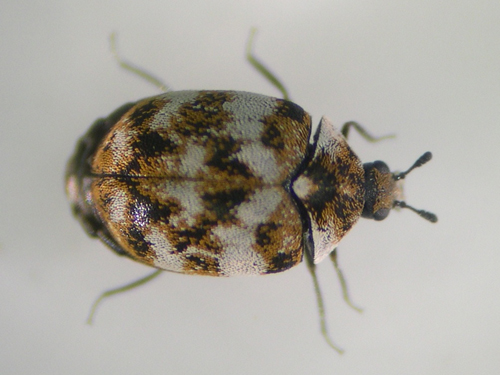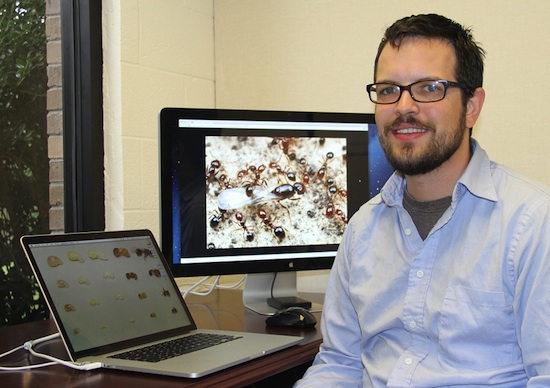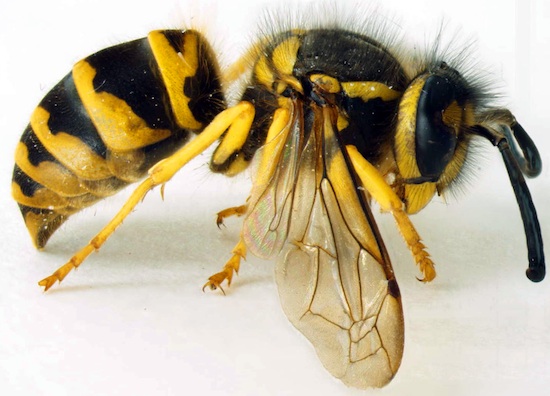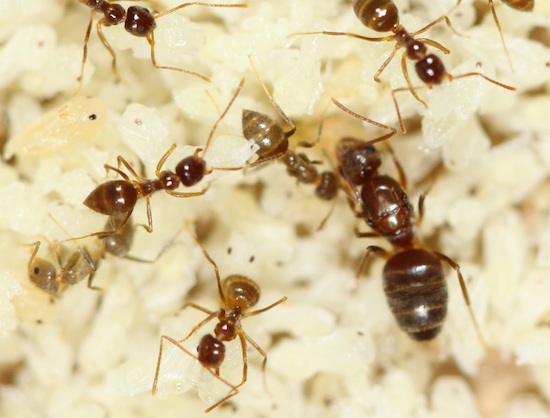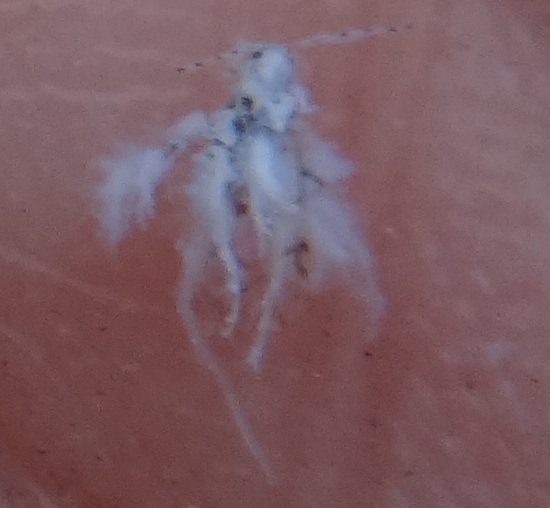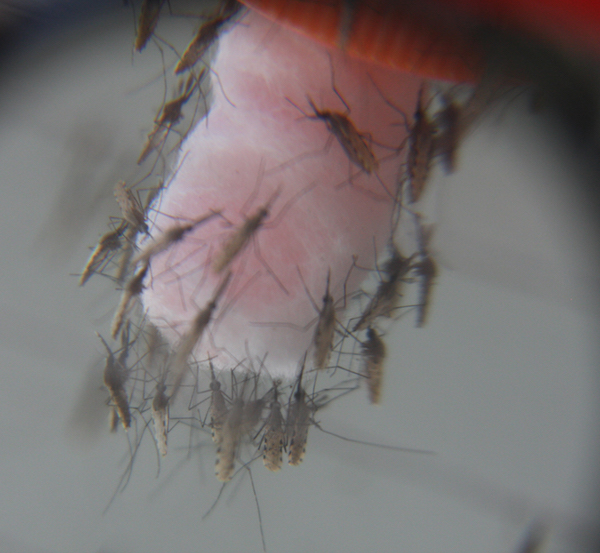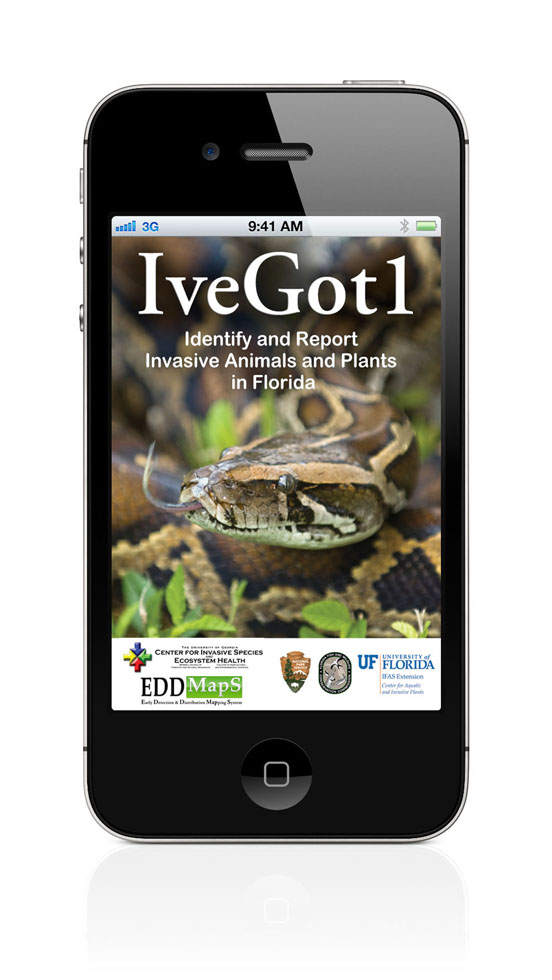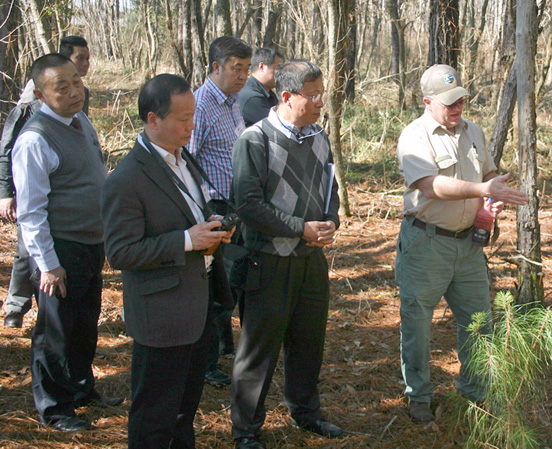 CAES News
CAES News
Invasive Species
When we think of invasive species we usually think of insects, plants and animals that have been shipped to Georgia from another part of the world, but it’s a two-way street. Georgia’s native plants and insects can be just as devastating overseas if they take root in a foreign ecosystem


